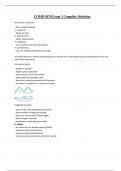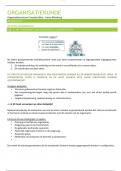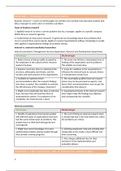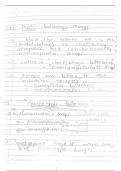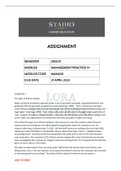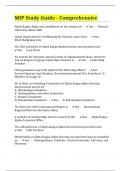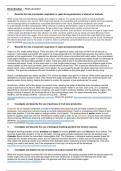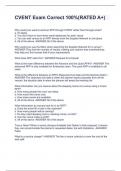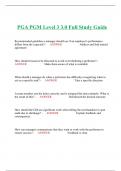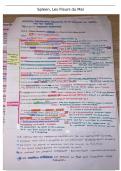Tentamen (uitwerkingen)
COMD 5070 Exam 3 Complete Solutions
- Vak
- Instelling
COMD 5070 Exam 3 Complete Solutions the nature of science - the scientific method 1. empirical - based on data 2. deterministic - obeys physical laws 3. predictive - if you do this, then that will happen 4. parsimonious - uses the simplest explanation possible scientific approach involv...
[Meer zien]
